Who Broke 15 Flight Records Just to Prove Soviet Russia Wrong? — #TBT Week of May 17

In the spirit of #TBT (“Throwback Thursday,” not Brazil’s Tabatinga Airport) FlyerTalk takes a look back at the events that helped shape modern aviation. Here are just a few moments from history that changed the face of the industry during the week of May 17.
May 17, 1920
KLM and AT&T began a working relationship that would ultimately launch the Dutch flag carrier, but not in the way you may think. After two months of meetings between the new airline and UK-based Aircraft Transport and Travel (AT&T), the new airline would lease their original fleet of De Havilland DH.16s from the British company. In turn, KLM would operate a charter service between London and Maaldrift.
May 18, 1953
After development partially funded by American Airlines, Douglas Aircraft Company celebrated the first flight of the DC-7. The aircraft celebrated a number of firsts — and lasts — for the aircraft manufacturer. The DC-7 was the final aircraft to be powered by piston engines and propellers, while being the first with the ability to fly across country in approximately eight hours. American became the premiere customer of the DC-7, with the first commercial flight taking place in November 1953.
May 19, 1963
On a charge from the Soviet Union that an American aircraft could not fly direct from the United States to Moscow, President John F. Kennedy and Air Force One, a Boeing 707, set 15 records for the fastest flight between Washington, D.C. and the Soviet capital. Piloted by Air Force Col. James Swindal, the non-stop flight took just over eight hours, 30 minutes to complete. The records were ultimately certified by the International Aeronautics Federation.
May 20, 1971
An American-made supersonic aircraft was never meant to be. Despite support from aviation enthusiasts and the AFL-CIO, Congress voted to cut funding for the Boeing 2707, a concept supersonic aircraft. At the time, 25 airlines had outstanding orders for the American counterpart to the Concorde for a total of 122 aircraft. The research would ultimately be resurrected nearly ten years later under the NASA High-Speed Research program.
May 21, 1932
Amelia Earhart becomes the first woman to fly solo across the Atlantic Ocean exactly five years after Charles Lindburgh became the first man to achieve the feat. However, this was not Earhart’s first visit to Europe by air: three years prior, Earhart was the first woman to fly over the Atlantic as part of a flight crew. As a result of her solo flight, Congress elected to award Earhart the Distinguished Flying Cross, becoming both the first woman and civilian to earn the award.
May 22, 1962
Over 40 souls were lost after a bomb exploded on Continental Airlines Flight 11, scheduled for regular service between Chicago O’Hare International Airport (ORD) and Kansas City Wheeler Downtown Airport (MKC). A ticketed passenger was allowed to board the aircraft, despite the boarding doors being closed just prior to his arrival. Once onboard, the passenger detonated six sticks of dynamite in the lavatory, ultimately bringing the aircraft down near Unionville, Missouri. The incident inspired a plot device in the Arthur Hailey novel Airport, which was later adapted into a film.
May 23, 2013
The Solar Impulse team set a new world record for the longest solar powered flight, after successfully flying from Phoenix Sky Harbor International Airport (PHX) to Dallas-Fort Worth International Airport (DFW). The flight was certified by the International Aviation Federation as the longest solar powered flight based on straight distance, distance based on waypoints and free distance. The Solar Impulse program has since launched a solar-powered flight around the world.
[Photo: Corbis]
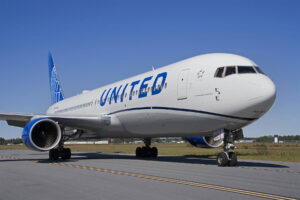


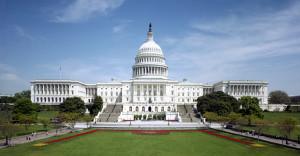















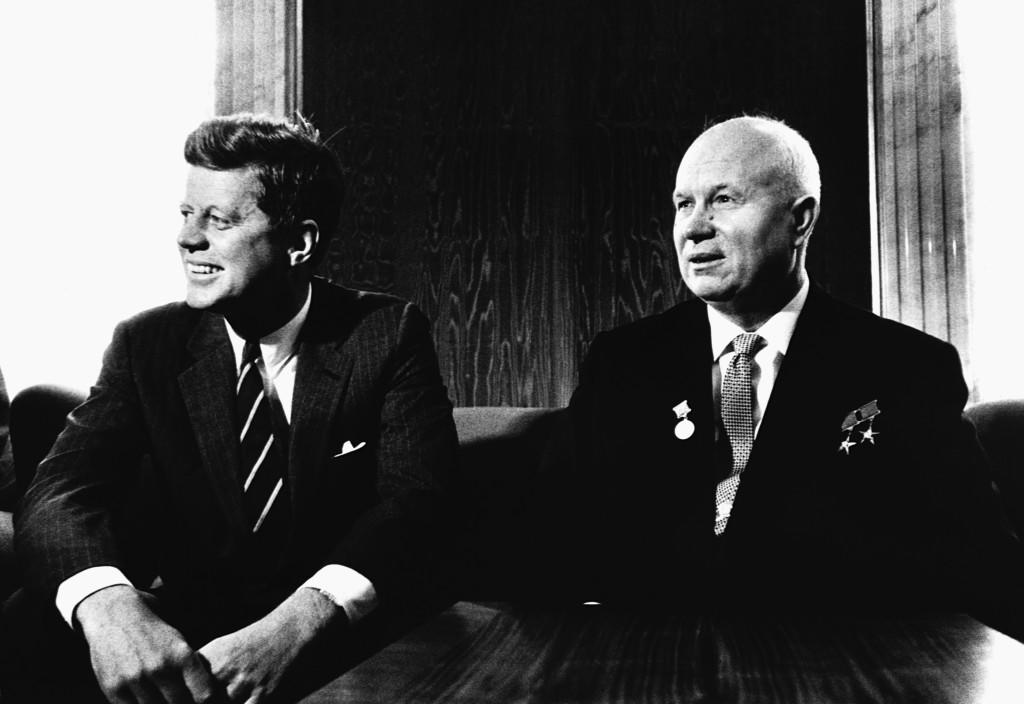

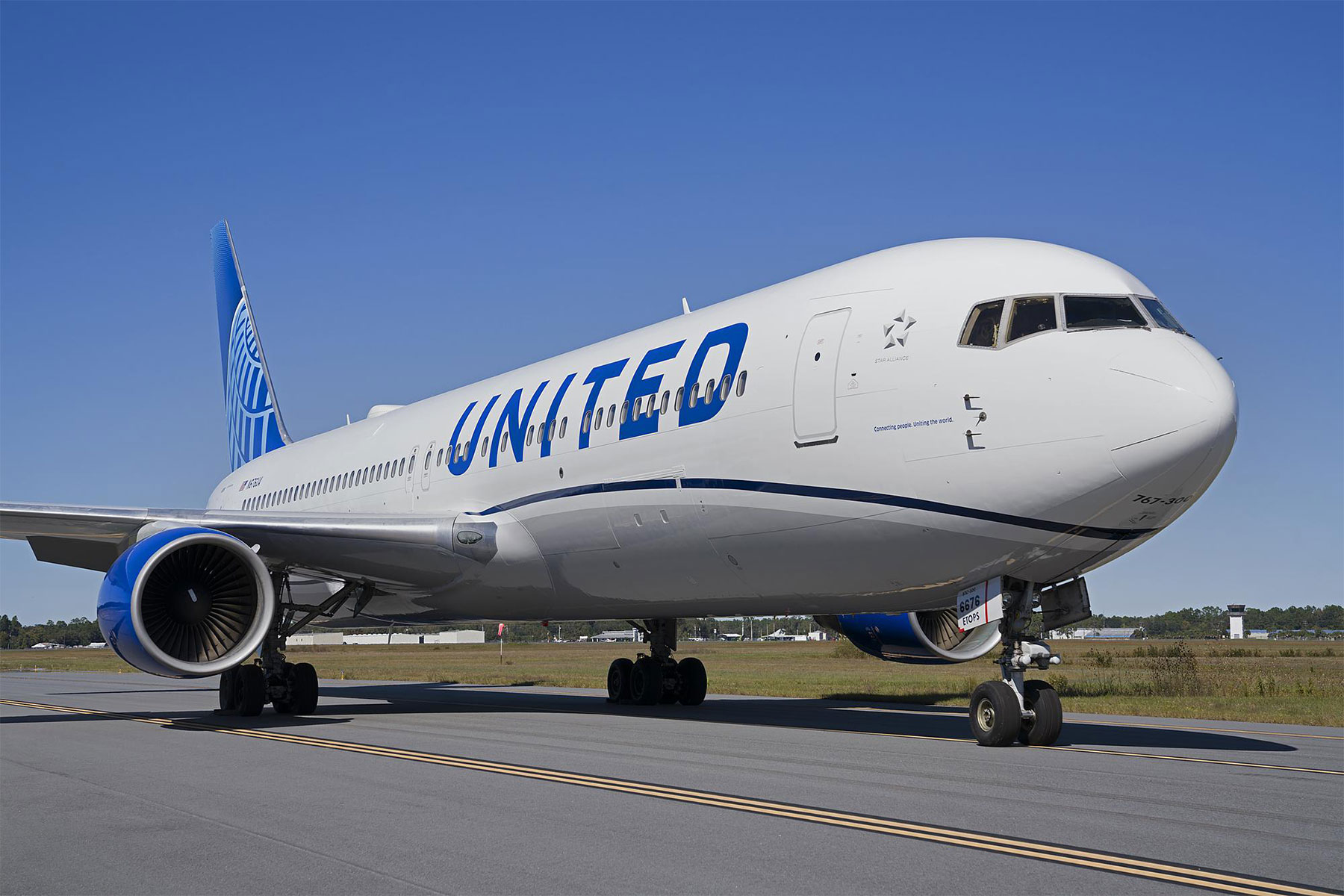
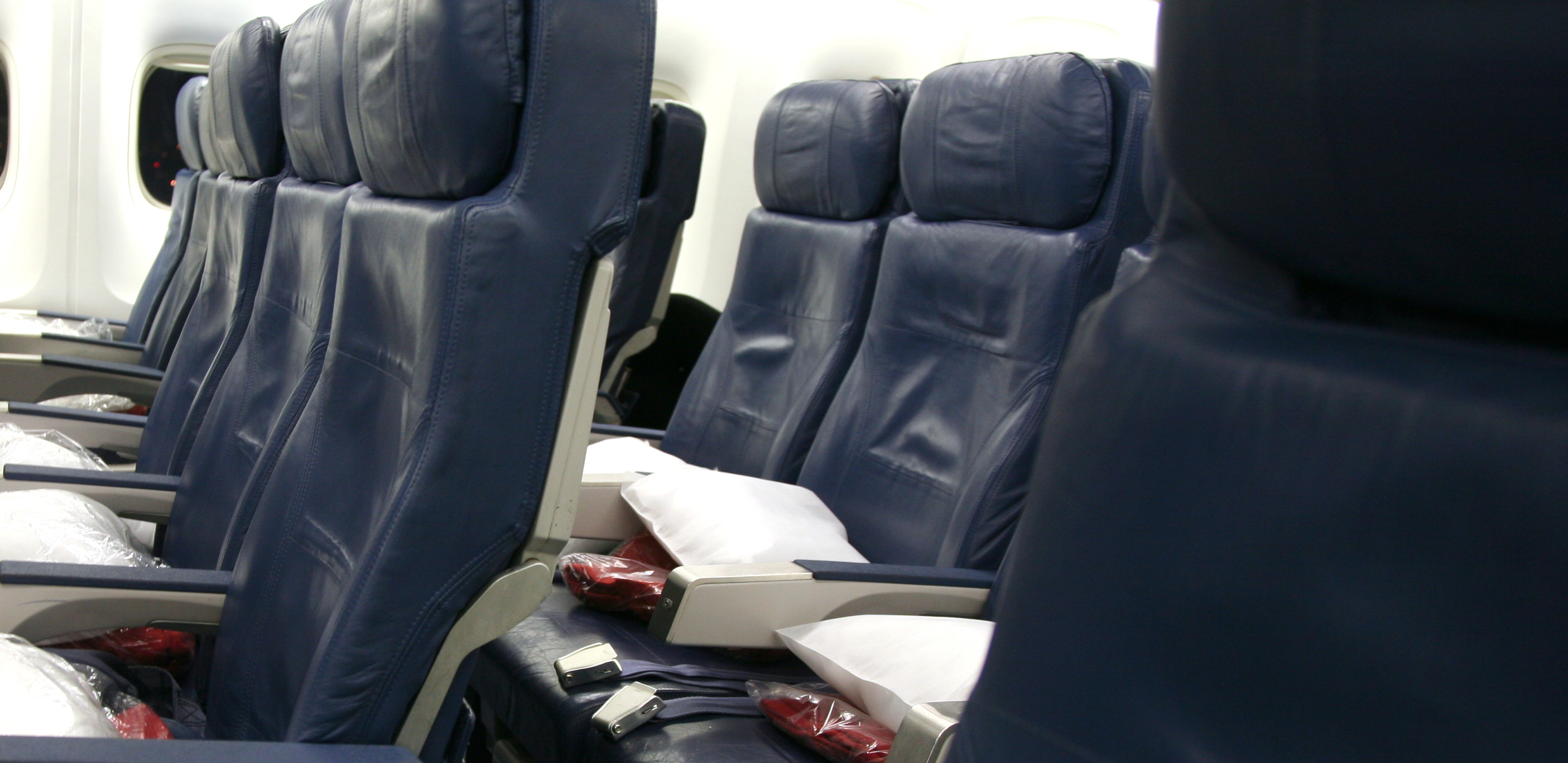

In Soviet Russia, records beat you.
1963 the Soviet Union shall have claimed that a plane could not fly the 4900 miles from IAD to DME? Boeing's B52 and Tupolev's Tu-95 were introduced 11 years earlier and had 8000+ miles unrefuelled range. So that claim makes no sense whatsoever.